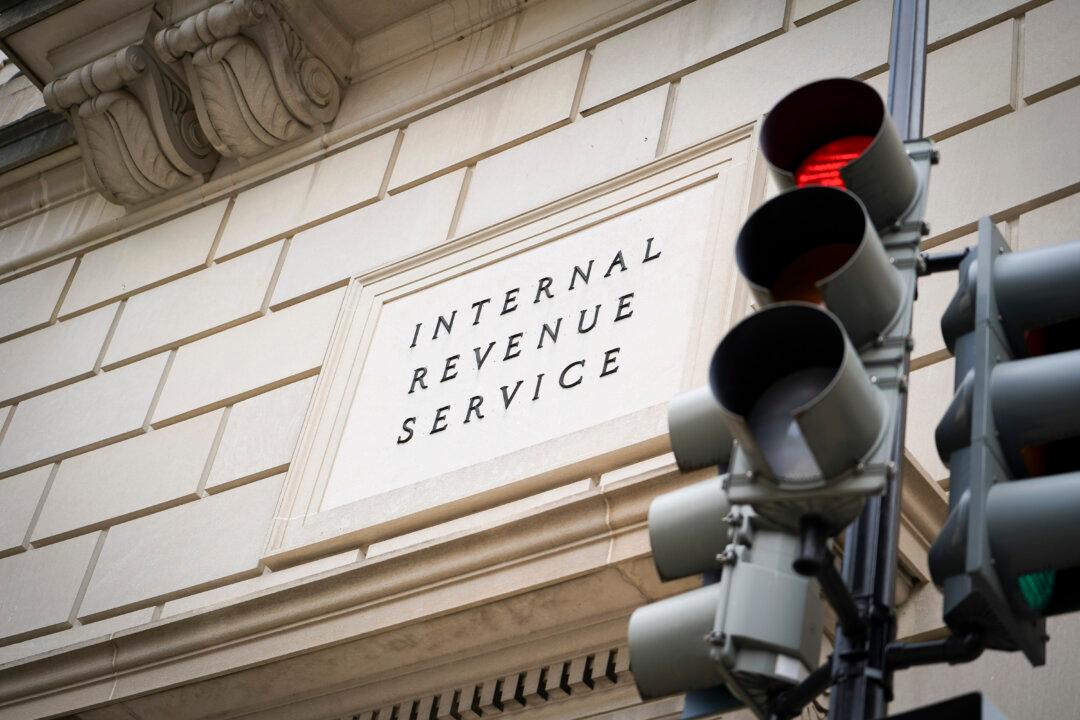The latest data from the Internal Revenue Service (IRS) show that the average tax refund amount this tax season is 6 percent higher than last year’s, with experts pointing to several likely factors, including a higher standard deduction and adjustments for inflation.
In its latest tax-filing season update, with data current as of March 15, 2024, the IRS has revealed that the average refund amount this year is $3,109.
That’s exactly 6.0 percent greater than the $2,933 refund amount clocked at roughly the same point in the 2023 filing season.
Another factor behind lower refunds earlier in the season was that refunds in tax returns that claimed the earned-income tax credit (EITC) or the refundable portion of the child tax credit couldn’t be released for payout until Feb. 15 due to anti-fraud laws.
Who Is Likely to See Bigger Refunds, and Why?
In general, experts say that the jump in 2024’s average refund size can be attributed to the IRS’s adjustment of many tax provisions for inflation.Prices rose by 7.99 percent in 2022, according to the Consumer Price Index (CPI), the highest rate of annual inflation since 1981.
For instance, the standard deduction for married couples filing jointly for tax year 2023 is $27,700, up $1,800, or 7 percent from the prior year.
Federal tax brackets also increased, which along with the increase in the standard deduction means that taxpayers whose pay increases in 2023 didn’t keep up with the pace of inflation are poised to get bigger refunds.
“Say your income didn’t keep pace with inflation—you made the same as the prior year, but didn’t increase your income by that inflation rate of 7 percent or so—you could see a better refund,” Mark Steber, chief tax information officer for Jackson Hewitt, told CBS earlier this year.
“We are predicting a higher refund for those people, up to 10 percent,” he added.
Earnings data from the Bureau of Labor Statistics show that Americans’ real wages (adjusted for inflation) grew by 1.3 percent in 2023 after two years of being below zero—meaning inflation ate up all wage gains and then some in 2021 and 2022.
While some people got raises that were lower than the pace of inflation in 2023 (or didn’t get any whatsoever), the overall aggregate increase in real wages that year helps explain why this filing season’s returns are already 6 percent higher and on track to beat last year’s.
Another group of filers likely to see a boost in their returns in the 2024 filing season are families with lower incomes. Even if they don’t benefit from the higher standard deduction, they could see a significant increase in their refund amount thanks to a larger maximum amount that they can claim for the EITC, which is fully refundable.
The EITC amount increased by nearly $500 for the 2023 tax year. The credit is available for Americans with annual incomes below $63,698 and pays up to $7,430 for three or more qualifying children.
The IRS started disbursing EITC credits in mid-February due to legal anti-fraud legislation, which also explains the recent boost in the refund size compared to earlier in the season.
Deadlines and Extensions
Filing a tax return on time or requesting an extension by the April 15 filing deadline lets taxpayers avoid a late-filing penalty.The late-filing penalty is normally 5 percent per month of unpaid tax while the late-payment penalty is typically 0.5 percent per month. Both penalties max out at 25 percent of overdue taxes that remain unpaid.
Anyone can request an automatic six-month tax-filing extension, giving taxpayers until Oct. 16, 2024, to file their tax return.
Some taxpayers—such as those who live and work outside the United States—get more time to file without having to ask for an extension. This is also the case for taxpayers affected by natural disasters.
For instance, the IRS recently announced that individuals and businesses in parts of Alaska impacted by severe storms and landslides have until July 15, 2024, to file their taxes and make tax payments.
However, taxpayers who face the regular April 15 filing deadline still have to pay taxes owed by that date even if they request an extension to file their returns.







